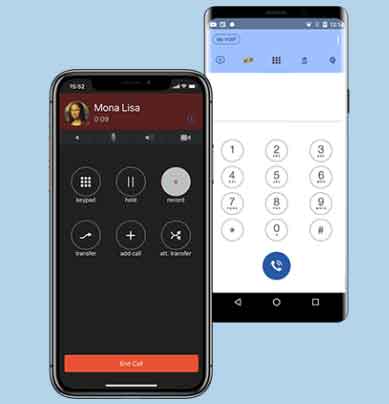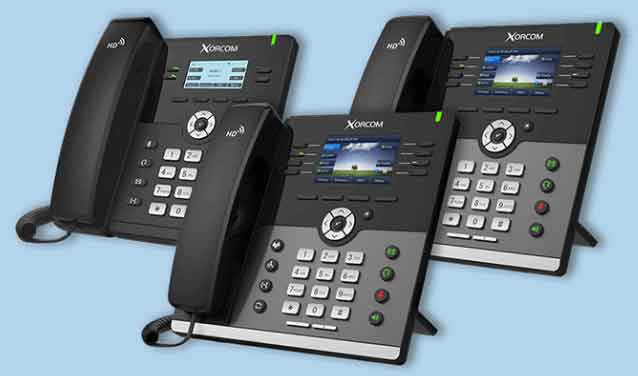High Availability VoIP PBX - TwinStar & TwinStar Plus

High Availability for Asterisk IP-PBX Telephony Systems
TwinStar™ Plus and TwinStar are high availability VoIP PBX solutions that provide automatic detection of server failure and immediate switching of all telephony functions, including telephony interfaces, to a back-up server. This quick and automatic failover process keeps downtime to an absolute minimum. TwinStar Plus complements CompletePBX configurations while TwinStar can be used for non-CompletePBX Asterisk IP-PBX. TwinStar Plus is optimized for pure IP environments and can operate without an Astribank.
TwinStar Plus Product Description
The TwinStar Plus solution is comprised of two CompletePBX IP-PBX with identical configurations, and an optional Xorcom Astribank channel bank with dual USB ports (to support telephony interfaces, if required). It features:
- Full dual-server redundancy for the entire PBX system, including telephony interfaces
- Automatic detection of server failure and switching to backup server, within seconds
- Ideal for pure IP environments, but also supports telephony interfaces, if required
How TwinStar Works – High Availability in IP PBX
Two CompletePBX servers comprise an Active/Passive cluster where one of the servers acts as the Master server and the other server acts as the Slave (hot-backup) server. Each server has its own private IP address. This allows server management and configuration replication to be performed between the two servers via the IP network. The VoIP PBX extensions communicate with the PBX cluster via a special public (or cluster) IP address, which is activated only on the current Master server.
When the servers swap roles, due to the Master server failure, for example, then that cluster IP address will be activated automatically on the Slave server. As a result, the IP phones will continue to use the same PBX IP address.
If the TwinStar Plus mechanism detects a problem with the function of the primary server, it immediately passes control to the backup server. All telephony lines are automatically recognized and activated by the backup server, and all communication in the organization is re-established within minutes.





